Subscribe to receive the latest blog posts to your inbox every week.
By subscribing you agree to with our Privacy Policy.
A Prepaid Payment Instrument (PPI) is a payment method that allows users to purchase goods and services against a value stored in advance. The stored value represents the amount paid by the holder through cash, debit card, credit card, or direct bank transfer.
Forms of PPIs
PPIs can be issued in different forms, such as:
Smart cards
Magnetic stripe cards
Internet accounts
Online or mobile wallets
Mobile accounts
Paper vouchers
Some commonly used PPIs in India include Paytm, Google Pay, PhonePe, gift cards, debit cards, and prepaid cards.
Issued by a single entity for buying goods/services from that entity only.
Cannot be used for third-party payments.
Do not allow cash withdrawal.
Do not require RBI authorization.
Example: Retail store-issued gift cards.
Issued by RBI-approved banks or authorized non-banks.
Can be used for purchases across a network of identified merchants.
Support payments for goods, services, financial transactions, and remittances.
Cannot be used for cash withdrawal.
Example: Mobile wallets like Paytm or PhonePe used at multiple merchants.
Issued only by banks approved by the RBI.
Can be used at any merchant for goods, services, and remittances.
Allow cash withdrawal at ATMs, PoS terminals, and Business Correspondents (BCs).
Example: Prepaid cards linked to bank networks.
Businesses leveraging PPIs can:
Boost sales & profitability through prepaid cards and wallets.
Increase customer loyalty with rewards and easy transactions.
Tap into India’s 760+ million smartphone users who prefer digital payments.
Enable domestic and cross-border transactions with higher efficiency and security.
The Reserve Bank of India (RBI) has strengthened the PPI framework through reforms announced in its 2021 Monetary Policy, effective from March 31, 2022.
(H3 – Sub-Section Heading)
RTGS and NEFT facilities enabled for PPIs.
Interoperability mandatory for full-KYC PPIs.
Wallet balance limit increased from ₹1 lakh to ₹2 lakhs.
Cash withdrawal allowed from full-KYC PPIs issued by non-banks.
These reforms aim to:
Level the playing field between banks and non-banks.
Encourage financial inclusion.
Increase adoption of digital-first payment solutions.
Entities eligible to issue PPIs (with RBI authorization):
Non-Banking Entities (NBEs):
Incorporated in India.
Minimum paid-up capital: ₹5 crores.
Minimum net worth: ₹1 crore.
NBFCs:
Must maintain an escrow account with a scheduled commercial bank.
Banks:
Must meet RBI’s PPI eligibility criteria.
Additionally, Small PPIs were introduced with limits of:
Maximum ₹10,000 per month.
Maximum ₹1.2 lakh annually.
As per the RBI Master Directions (Aug 27, 2021):
Issued by banks and non-banks after collecting minimum customer details.
Can only be used for goods and services.
Funds transfer and cash withdrawal not allowed.
Loading limit: ₹10,000 per month, ₹1.2 lakh per year.
Issued after completing full KYC verification.
Can be used for purchases, funds transfer, and cash withdrawal.
Maximum balance: ₹2 lakhs at any time.
Interoperability requirements:
Wallets → must support UPI-based interoperability.
Cards → must be affiliated with authorized card networks.
QR codes → mandatory to be interoperable by March 31, 2022.
Customer protection measures:
Issuers must set up a grievance redressal system, with a nodal officer, escalation matrix, and clear turnaround timelines.
By adopting PPIs, businesses can:
Reach wider customer bases through digital-first payments.
Ensure compliance with RBI’s regulatory framework.
Strengthen customer trust through secure, fast, and flexible payment options.
A Prepaid Payment Instrument (PPI) is a payment tool that stores a prepaid value, allowing users to pay for goods and services digitally. Examples include mobile wallets, prepaid cards, and vouchers.
PPIs are categorized into three types:
Closed System PPIs (usable only at the issuer’s outlets)
Semi-Closed PPIs (usable at multiple authorized merchants)
Open System PPIs (issued by banks, usable everywhere, and allow cash withdrawal)
According to RBI guidelines:
Small PPI: Up to ₹10,000 per month (₹1.2 lakh annually).
Full-KYC PPI: Balance up to ₹2 lakhs at any time.
Yes, banks, NBFCs, and authorized non-bank entities incorporated in India can issue PPIs, provided they meet RBI’s eligibility criteria, capital requirements, and maintain an escrow account.
Yes. RBI mandates KYC verification, interoperability, grievance redressal frameworks, and transaction limits to ensure PPIs remain safe and secure for users.
PPIs help businesses increase sales, improve customer loyalty, enable cross-border payments, and tap into India’s growing digital payment ecosystem of over 760 million smartphone users.
With RBI’s progressive reforms, PPIs have become a game-changer for businesses in India. To stay ahead, organizations need a reliable PPI partner that ensures compliance, scalability, and innovation.
CARD91 Prepaid (PPI) offers businesses:
Seamless issuance of prepaid cards & wallets.
Compliance with RBI’s latest PPI guidelines.
Secure, scalable, and customer-friendly payment solutions.
Whether you are a startup or an enterprise, CARD91 Prepaid (PPI) is the perfect solution to unlock new revenue streams, boost customer loyalty, and future-proof your business in the digital economy.
To know more about our offerings connect with our experts




Sales: sales@card91.io
HR: careers@card91.io
Media: comms@card91.io
Support: support@card91.io